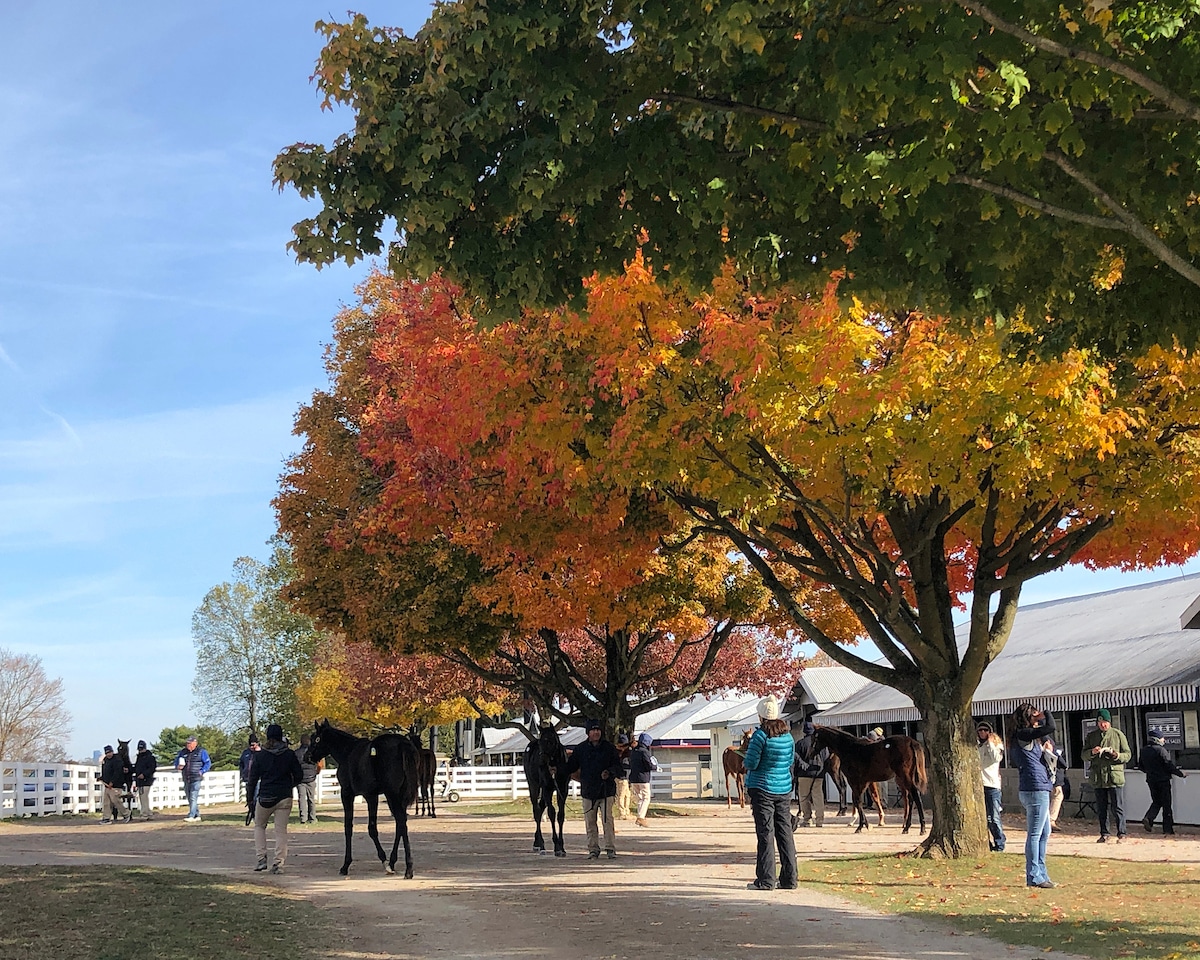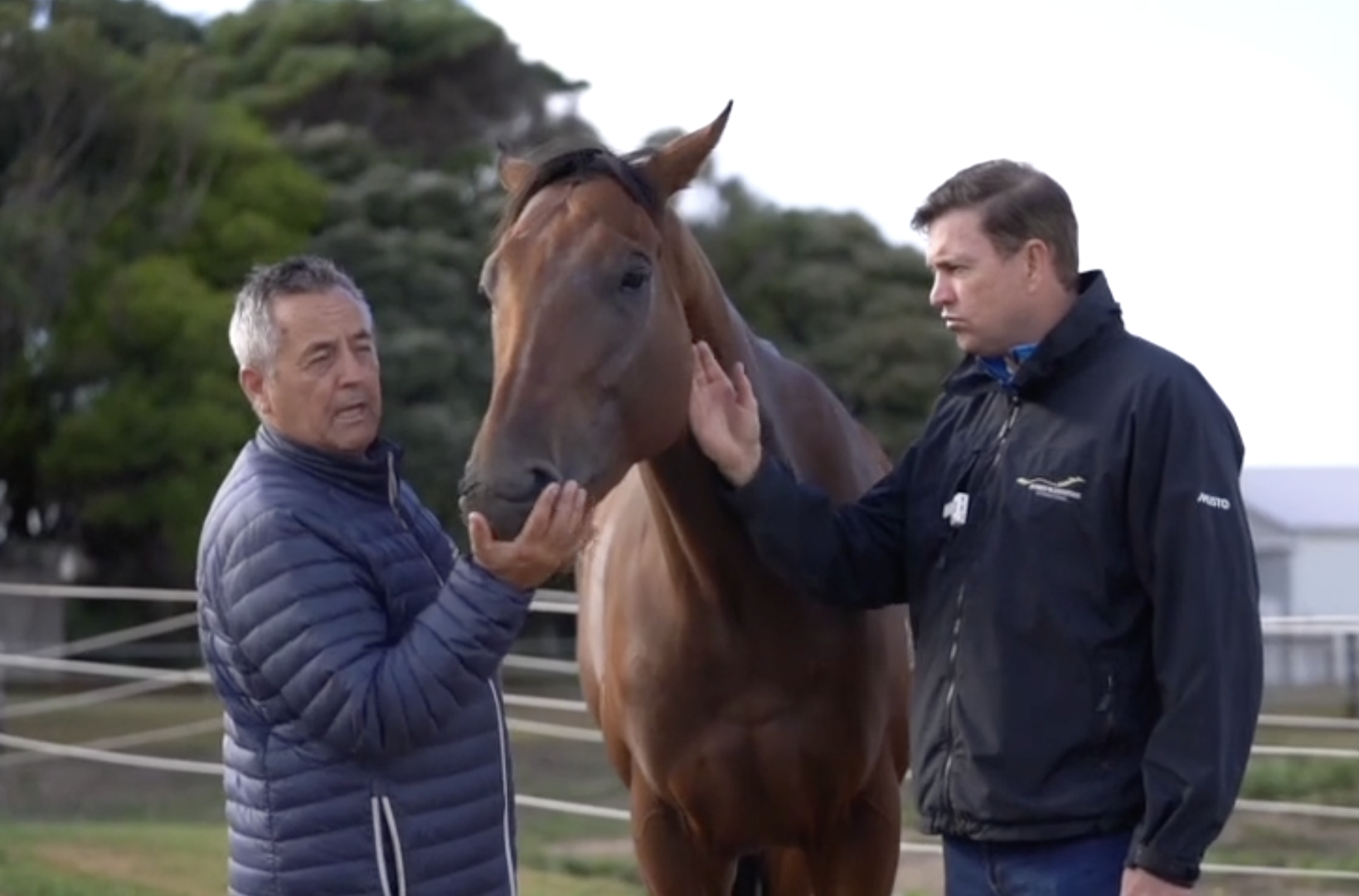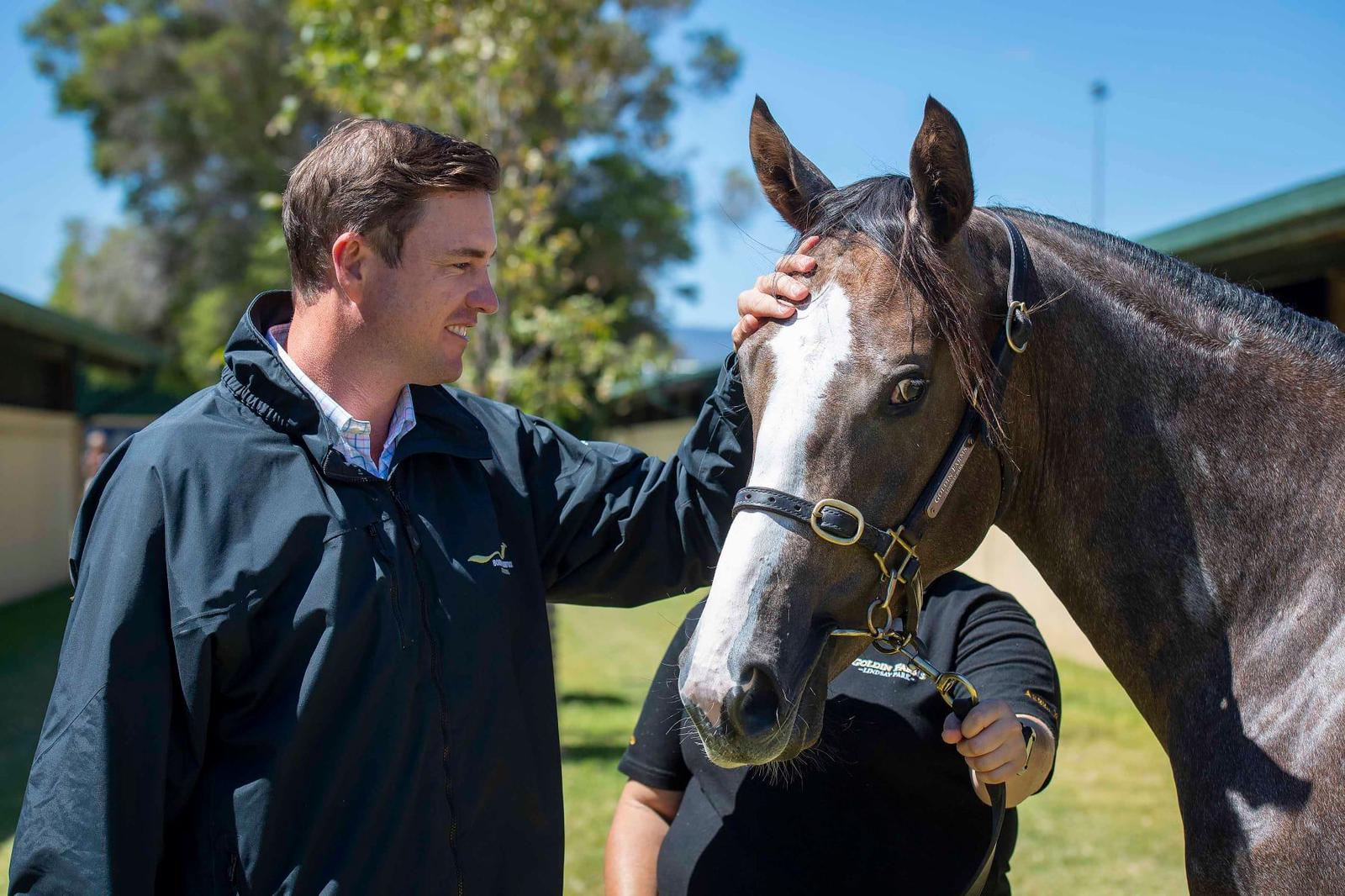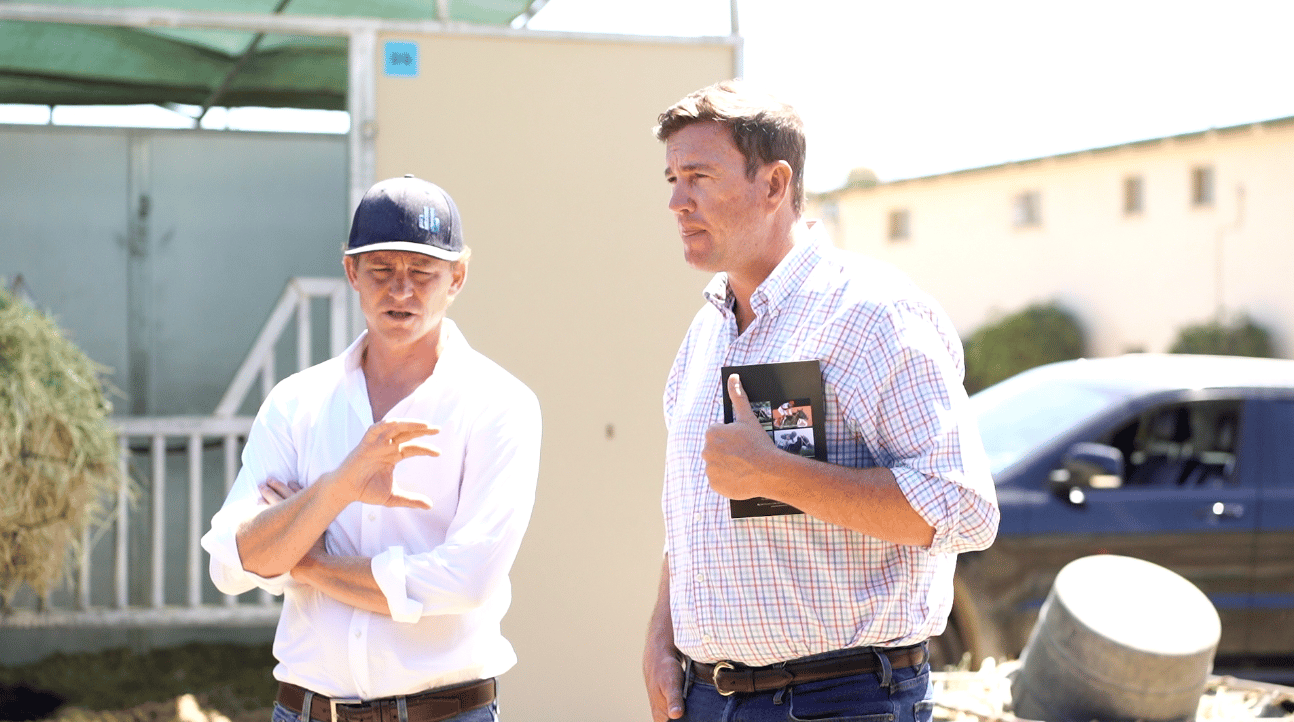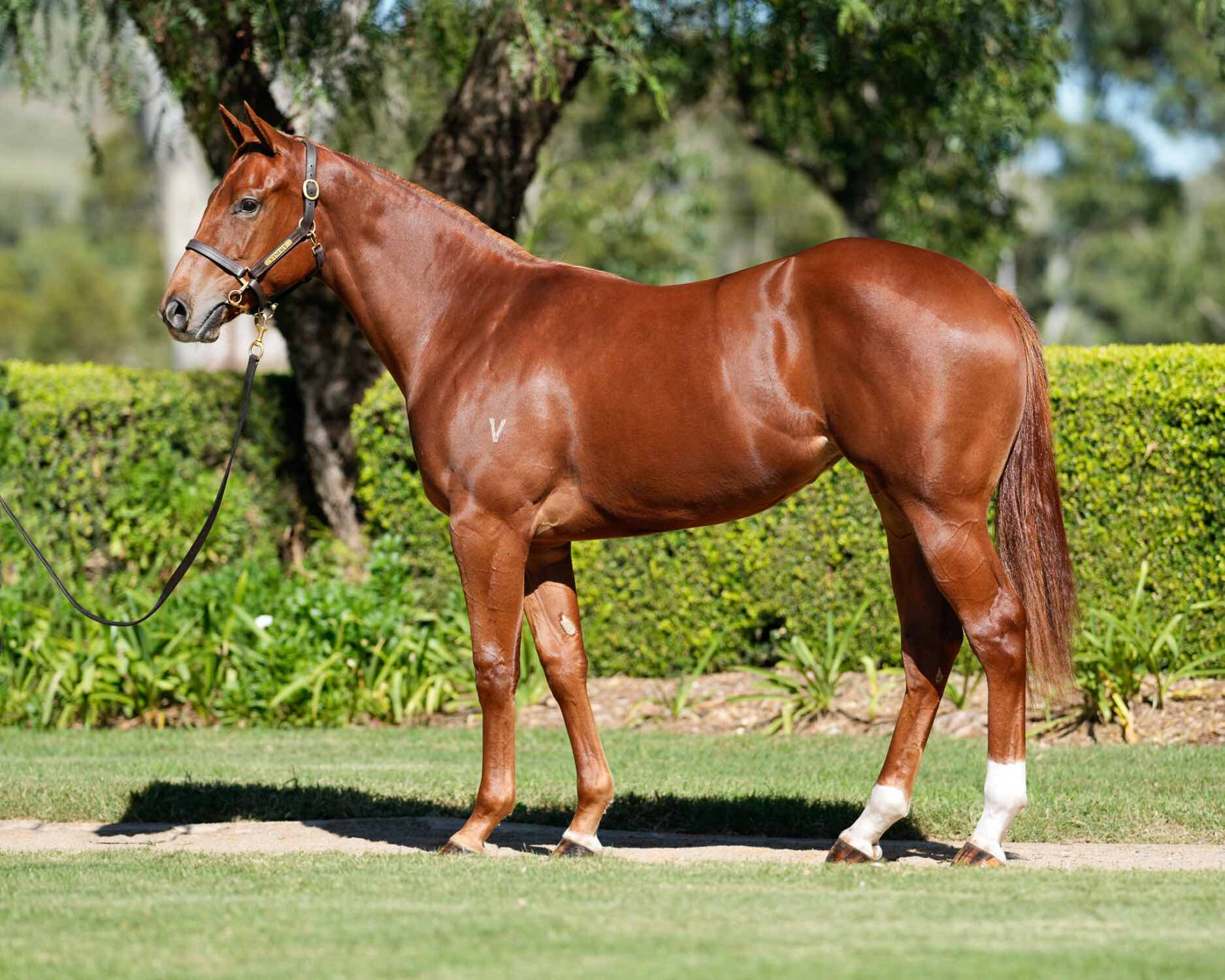Avoid making these common mistakes when buying a weanling!
To the untrained eye bigger is better but in reality it could delay that horse’s debut for years.
View more learn videos here:
Assessing Weanlings
In the world of thoroughbred racing and breeding, there are numerous myths and misconceptions, particularly regarding the size of young horses. When assessing weanlings for sales or advising clients on whether to keep or sell early, understanding the potential growth and development of a horse is crucial.
It is essential to consider how they will grow and whether their current physical attributes will meet future expectations. For instance, a horse that is short in the leg may not reach its full potential in terms of size. Conversely, a horse that appears larger in size early on might continue to grow excessively, which can also present challenges.
Identifying Key Concerns in Weanlings
Some of the challenges for excessive early growth include structural bone and joint stress, resulting in conditions like osteochondritis dissecans (OCD) and poor conformation, which affects balance and gait, increasing injury risk. Metabolically, such horses are prone to disorders like insulin resistance and epiphysitis. Nutritionally, they demand precise and extensive management to avoid deficiencies or imbalances. Training and conditioning must often be delayed or modified to prevent overstressing developing structures, which can delay performance timelines and increase injury risk.
Different goals require different considerations. For clients who operate a breed-to-race operation, there is generally more leniency regarding size. Smaller horses or those that need more time to develop can be given the opportunity to grow at their own pace. However, at weanling sales, the evaluation must be more stringent. It is crucial to avoid purchasing a horse that appears promising now but may not grow adequately or might become too large and take longer to mature.
Thoroughbreds continue to grow until they are about five years old, therefore, assessing whether a young horse is mature and set or has the potential to reach a desirable size is essential. This involves looking at factors like leg length and overall scope. A horse that has a good length of leg and scope and shows potential for even growth, is more likely to reach an optimal size and perform well on the racetrack.
A balanced, mid-sized weanling with good growth potential is often the ideal choice due to its proportional build and sturdy bone structure that reduce the risk of injury and ensure sound physical development. Such weanlings respond well to proper nutrition and care, optimising their long-term growth into strong, competitive adults. Their desirable traits make them attractive to buyers at sales, representing a lower-risk investment with high potential for future performance in racing or breeding. Additionally, their balanced conformation and adaptability make them suitable for various training regimes and environments.
Read about pinhooking and how to take advantage of it here:

